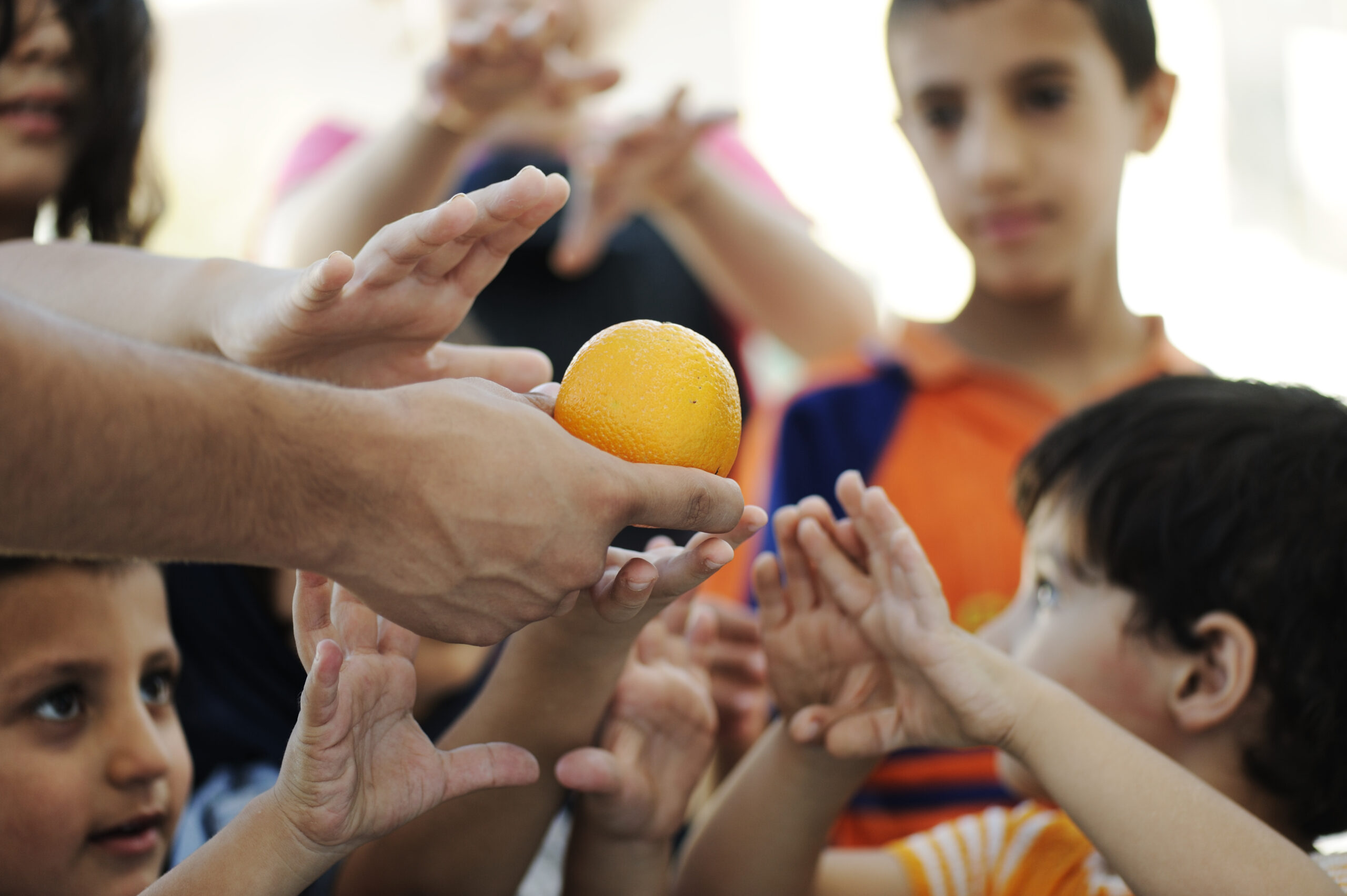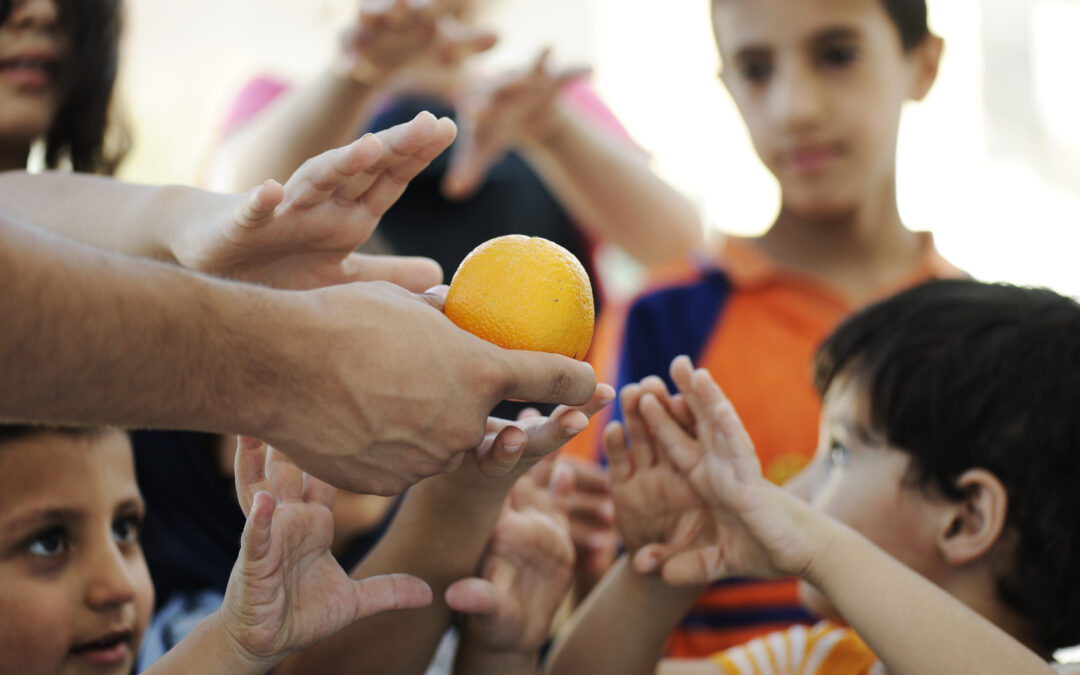Are you ready for any emergency situation? Do you have a plan in place to keep your family safe and protected during unexpected disasters or crises? If not, it’s time to start preparing. One of the most important steps you can take is building a 72-hour survival kit. In this guide, we will cover everything you need to know about how to build a comprehensive survival kit that will help you stay alive and well until help arrives.
Introduction to Emergency Preparedness
Emergencies can happen at any moment, and being prepared is critical to ensuring the safety and wellbeing of yourself and your loved ones. A 72-hour survival kit is essential because it provides you with the necessary supplies to make it through the first three days of an emergency situation when resources may be scarce or unavailable. By having a survival kit on hand, you can ensure that you are equipped to handle whatever challenges come your way.
The Importance of Building a 72-Hour Survival Kit
A 72-hour survival kit should include all the essentials needed to sustain life for up to three days. This includes food, water, shelter, lighting, communication devices, and first aid supplies. These items can mean the difference between life and death in a crisis situation. It’s also crucial to remember that during an emergency, basic services such as electricity, gas, and running water may not be available. Having a survival kit on hand helps ensure that you can maintain your independence and self-sufficiency until help arrives.
What to Include in Your Survival Kit
Here are some key items that should be included in your 72-hour survival kit:
1. Water – Store enough drinking water for each person in your household for at least three days (one gallon per day).
2. Food – Pack non-perishable food items that won’t spoil quickly, such as granola bars, trail mix, or canned goods.
Thank you for reading this post, don't forget to subscribe NOW for FREE!
3. First Aid Supplies – Include bandages, antiseptic wipes, pain relievers, and other medical supplies in case someone gets injured.
4. Lighting – Flashlights or lanterns are essential for navigating dark spaces and signaling for help.
5. Communication Devices – Make sure you have a working phone or walkie-talkies so you can communicate with others during an emergency.
6. Shelter – Bring a tent or emergency blankets to provide warmth and protection from the elements.
How to Pack Your Survival Kit
Once you have gathered all the necessary items for your survival kit, it’s essential to pack them properly. Consider storing your supplies in a durable backpack or container that is easy to carry. Organize your items by category, starting with the most essential items like water and food, followed by first aid supplies, lighting, communication devices, and finally, shelter. Remember to check expiration dates regularly and replace any items that have passed their shelf life.

Storing and Maintaining Your Survival Kit
It’s vital to store your survival kit in a location where it is easily accessible but also secure. Avoid placing it in areas that are prone to flooding or extreme temperatures. Check on your survival kit periodically to ensure that nothing has been lost or damaged, and always replenish any used or expired items promptly.
Additional Items to Consider
In addition to the basics, there are several additional items that you might want to consider adding to your survival kit. These include:
1. Multi-tool or knife
2. Matches or lighter
3. Map and compass
4. Extra batteries for flashlights and radios
5. Sunscreen and insect repellent
Conclusion
Building a 72-hour survival kit is an essential step towards emergency preparedness. By taking the time to gather the necessary supplies and organizing them effectively, you can rest assured knowing that you and your family will be able to weather any storm. Don’t wait until it’s too late; start building your survival kit today!






